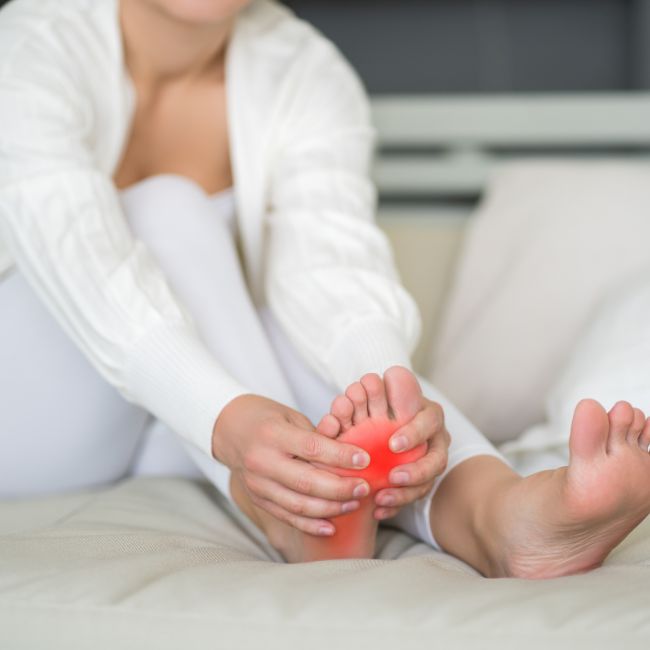You don't realize how disabling foot pain is until it happens to you. Brutal. Women frequently encounter a range of challenges due to foot pain, a common yet often debilitating issue that can stem from various causes. These causes range from everyday activities that exert excessive pressure on the feet to medical conditions such as plantar fasciitis, arthritis, or bunions. In this blog post we will discuss the best shoes for foot pain and where to find them.
The pain can significantly hinder daily routines, reducing mobility and impacting overall quality of life. In many cases, the choice of footwear exacerbates these issues. Shoes that lack proper support or are ill-fitting can lead to increased discomfort and exacerbate existing foot problems. Therefore, selecting the right footwear is crucial for women dealing with foot pain. Shoes that offer adequate cushioning, support the arches, and fit well can make a substantial difference, providing not just comfort but also aiding in the alleviation of pain. This mindful choice in footwear is a simple yet effective step towards managing foot pain, enabling women to continue their daily activities with reduced discomfort and a greater sense of well-being.
Affiliate disclosure: Some of the links in this post are affiliate links, meaning that if you click through and make a purchase, I will receive a small commission at no cost to you.
Understanding Foot Pain in Women
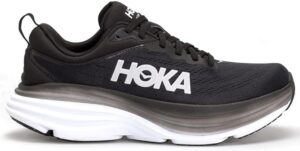
While technically not thought of as an orthopedic shoe, these Hoka sneakers actually do count! They provide amazing arch support with either custom inserts or these inserts I use below. I absolutely love them and have them in every single shoe I am able to put them in!
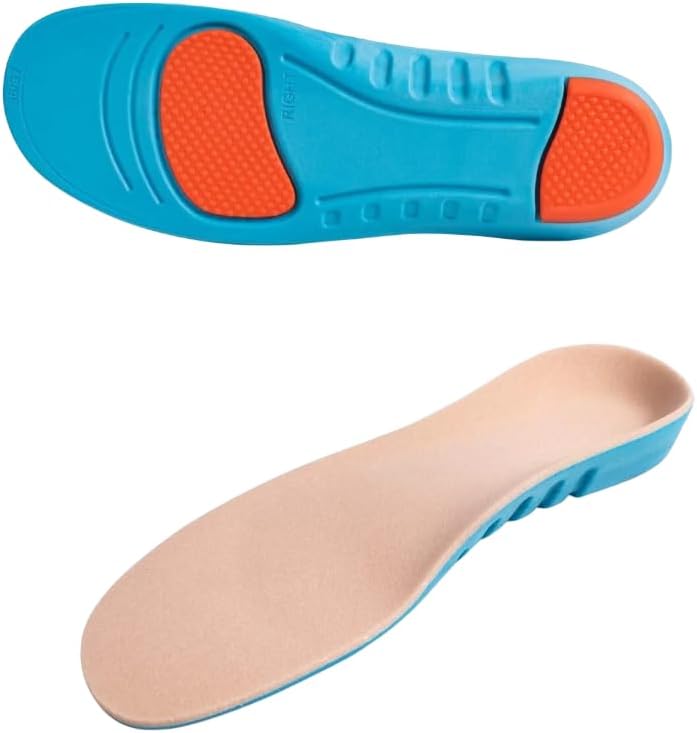
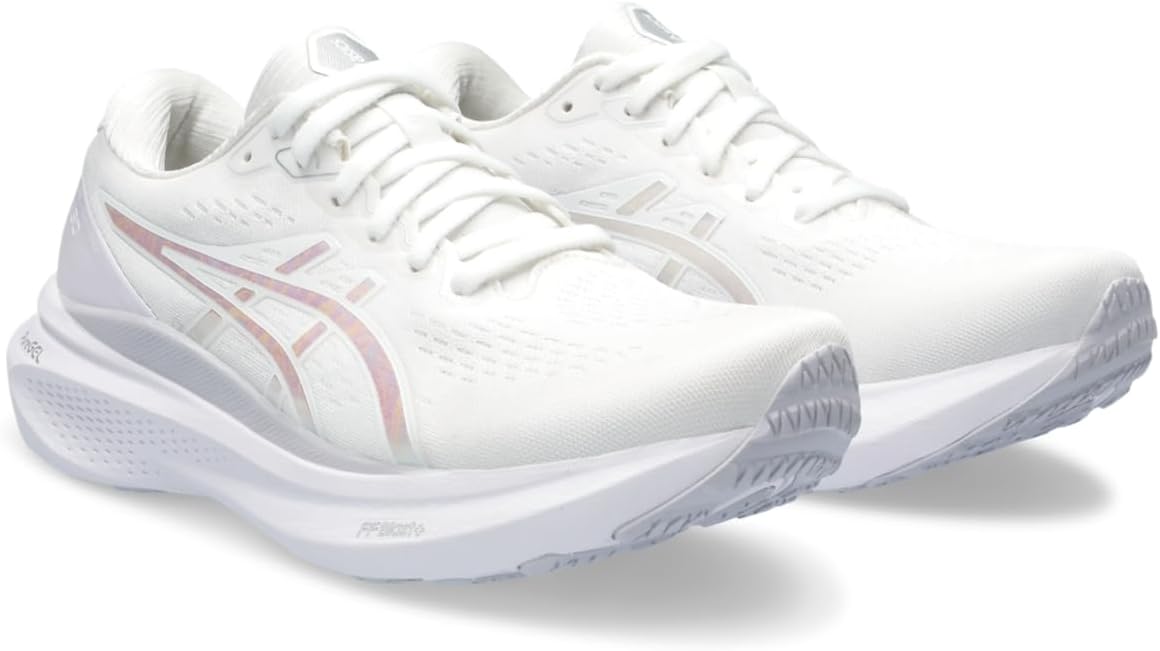
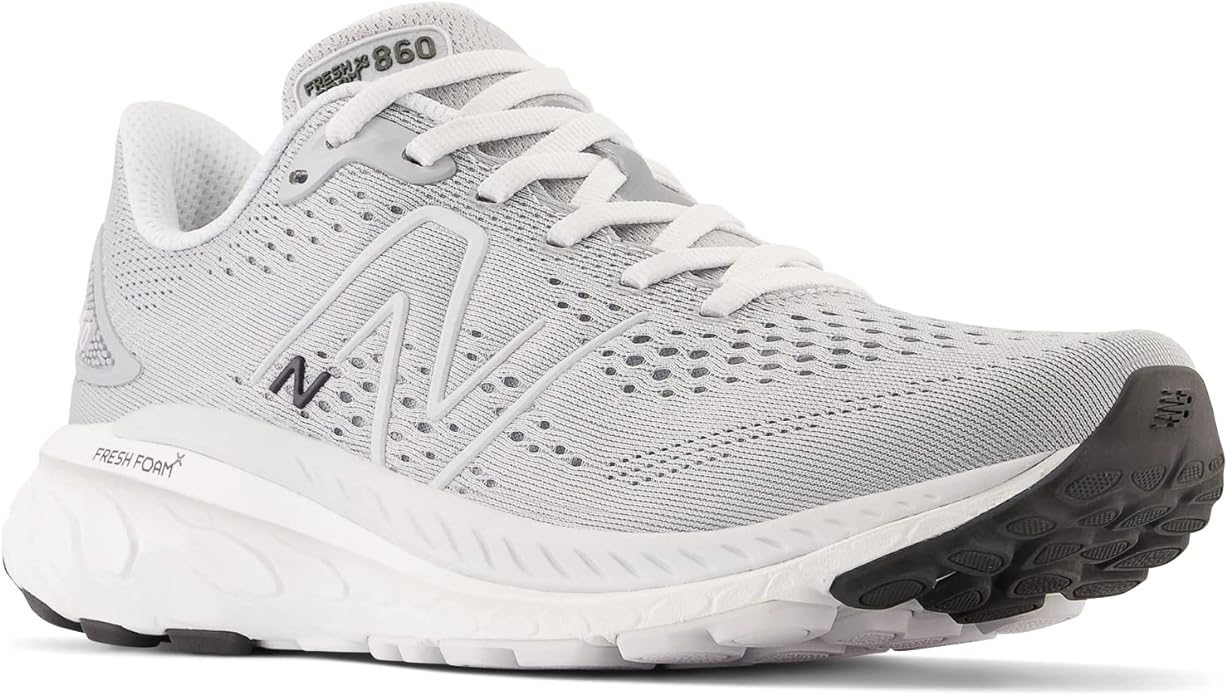
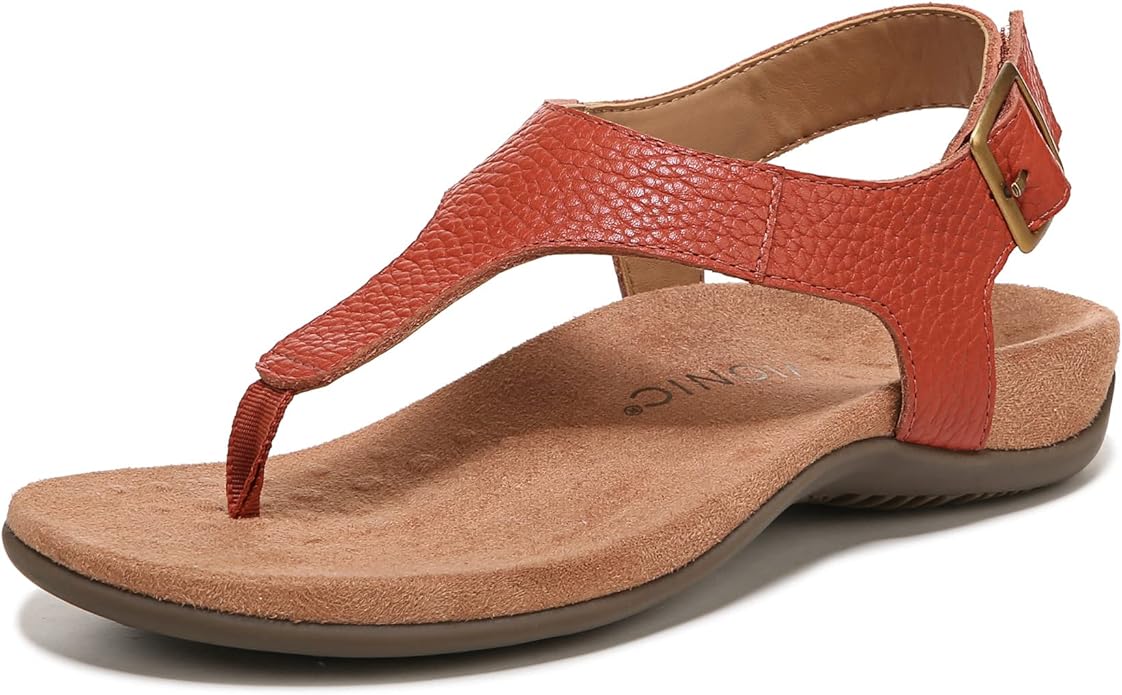
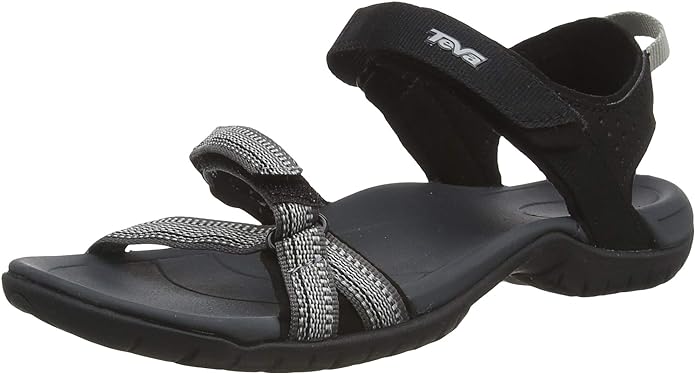
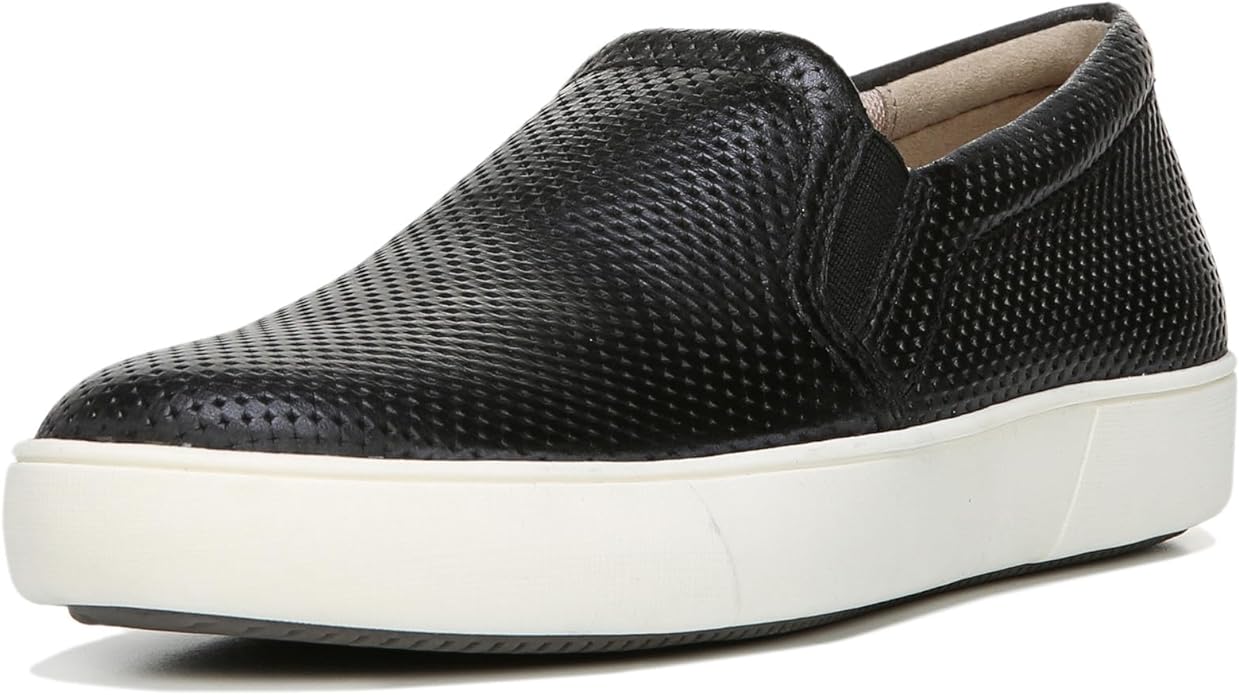
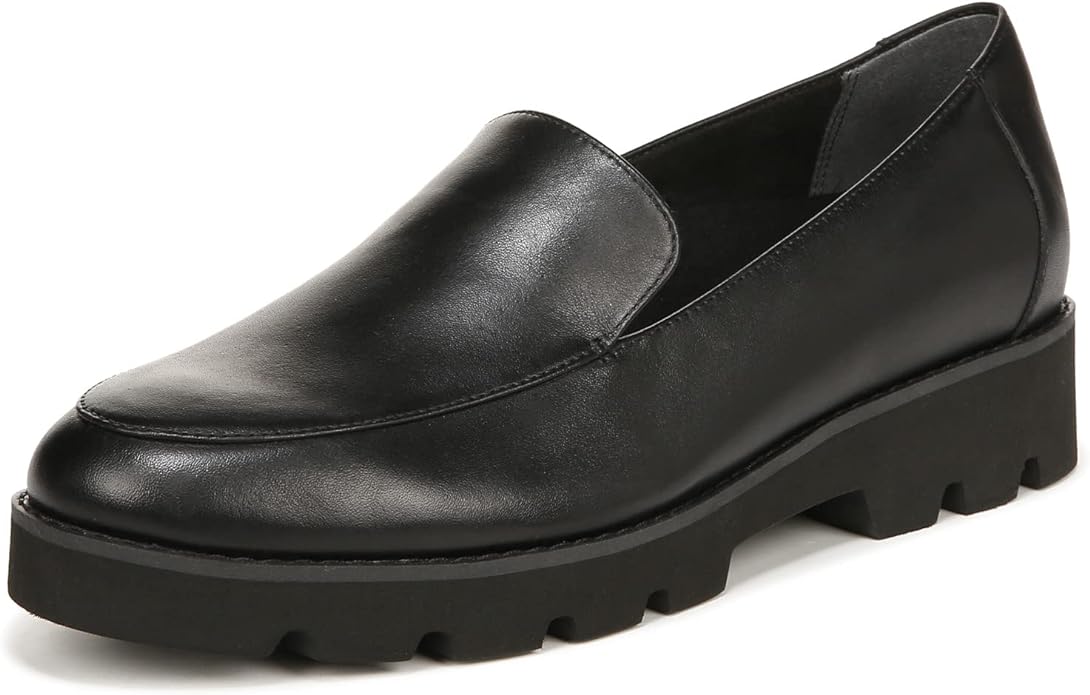
Finally, supportive dress shoes offer a solution for formal occasions where style and comfort must coexist. Brands like Clarks and Naturalizer have mastered the art of crafting elegant dress shoes with key comfort features like padded footbeds and stable heels, ensuring that style does not come at the cost of comfort.
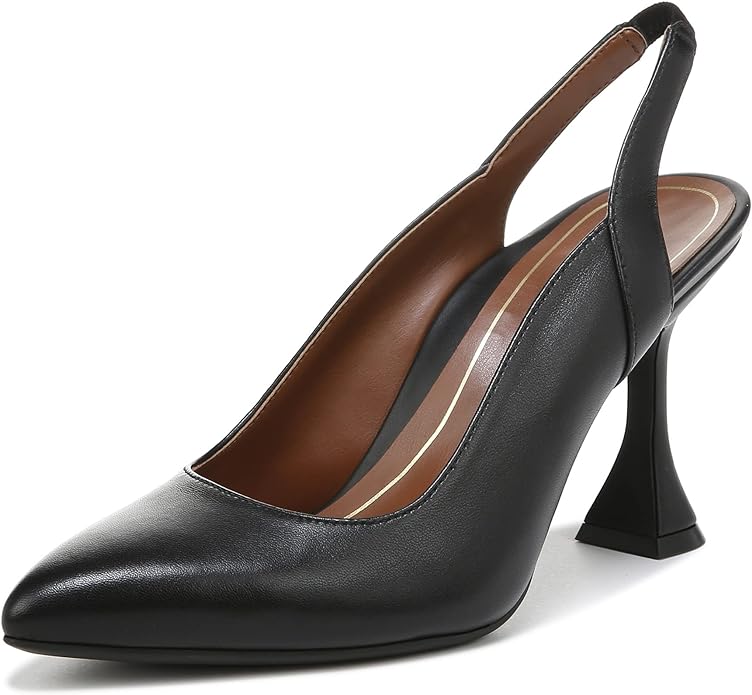
What Shoes to Avoid
High heels and flat, unsupportive shoes can exacerbate foot pain and lead to long-term issues. Although I literally JUST suggested the high heels above, I only wear them in VERY small doses. High heels are not the right shoes for foot pain. I know, captain obvious here. High heels shift the body's weight onto the balls of the feet, increasing pressure and leading to problems like bunions and hammertoes.
Meanwhile, flat shoes lacking proper support can contribute to plantar fasciitis and Achilles tendonitis by failing to cushion the foot adequately or provide necessary arch support. It's essential to be cautious of these styles and opt for shoes that offer a balance of comfort and support to maintain foot health.
Conclusion
Choosing the right shoes is crucial in managing foot pain effectively. Footwear that fits well and provides adequate support, cushioning, and flexibility can significantly reduce discomfort and prevent further damage. It's not just about temporary relief; the right shoes can contribute to long-term foot health and overall well-being. If you're experiencing persistent foot pain, it’s advisable to consult with a podiatrist. They can offer personalized advice based on your specific condition, recommend appropriate footwear, and suggest additional treatments if necessary. Remember, your feet are the foundation of your mobility; taking care of them is an investment in your overall health.
References:
1. Gutteck , N., Schilde, S., & Delank, K.-S. (2019). Pain on the plantar surface of the foot. Deutsches Arzteblatt international. https://pubmed.ncbi.nlm.nih.gov/30892183/
2. Riskowski , J., Dufour, A. B., & Hannan, M. (2011). Arthritis, Foot Pain and shoe wear: Current musculoskeletal research on feet. Current opinion in rheumatology. https://pubmed.ncbi.nlm.nih.gov/21150623/
3. Park, C. H., & Chang, M. C. (2019). Forefoot disorders and conservative treatment. Yeungnam University journal of medicine. https://pubmed.ncbi.nlm.nih.gov/31620619/

